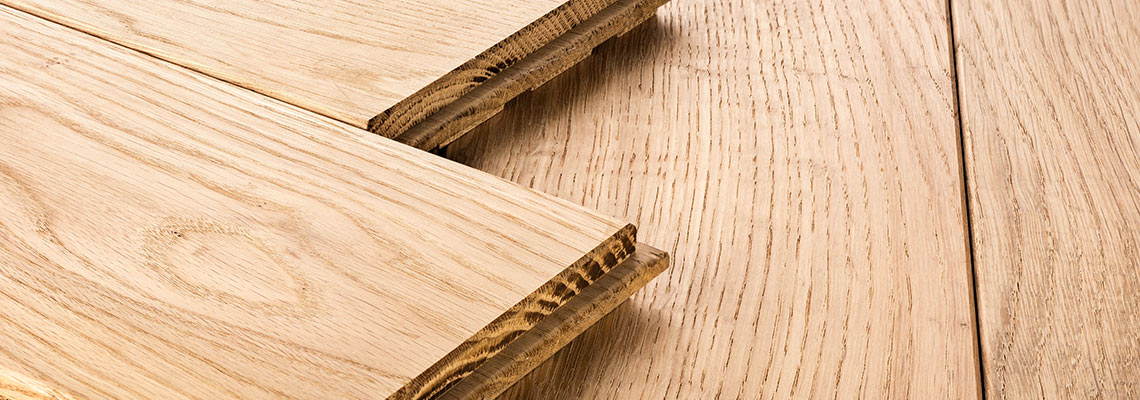
-
19 March, 2020
-
Sanding UK
If you do not know anything about wood flooring end grain, we can understand, because this is a type of floor again, new and very unique wood that is surely not common to be found installed in any home. The exclusivity of this type of wood flooring comes from the design and shape of the wooden boards, in this case, seem tiles, but are made of woodcut wood ends. This means that the wood grain is obvious in this case, and this singularity and a twist to the appearance of the floor adds. From a structural point of view, this type of wood board installation is also highly stable, solid and resistant to common problems.
Final grain tiles are very stable and are normally used to design wood cutting boards, but they also look great for floor installation. Actually, in the past, wooden tiles were used to pave roads and streets in cities and towns. And they were very preferred because they are very sturdy and wear-resistant over a long period of time.
At this point, we think that you are already very interested in considering the final grain wood floors as an alternative for your home, or even for your workplace (why not, would you like to highlight, right?). But before considering this option and rushing to the store to buy materials, you should be aware of how the installation is delivered correctly in your case and meet with local building codes. Here we show you how to prepare to start out a job of wooden tile floors.
Project preparation
As with any other wood flooring materials, the same is important for final grain wood tiles: it should allow them to adjust and adapt to their new situation. Let the wood outside of the transport box in the room, where the installation is scheduled for at least a couple of days so that the wooden tiles can get used to the humidity inside your home. If any other improvement in the home and the construction of wet works around the area of your home are not yet fully dry (plaster, ceramic tiles, concrete, other work), avoid installing your wooden boards and wait for them to dry fully. Be sure to maintain room temperature before, during and a few days after installation.
Surface preparation
Since the final grain wood floor cannot be installed as a type of tongue and groove, this means that the wood tiles need a stable and solid, level, clean and dry subfloor. Defects of the subfloor can be reduced with proper preparation, so it will end perfectly in its real floor. Keep in mind that straight installation on concrete, even when fully cured, is not the best option. Consider having previously installed an insulation layer.
Plan the layout ahead
Taking the right measures is always very important to ensure that the design of your wooden floor is correct. All measurements, in this case, are made in square feet and the results show the number of materials you will need to cover completely. To make a design with the least amount of cuts on the wooden tiles, you can place them dry (placing the tiles without actually installing them). Place a row of mosaics in each direction (do not forget to use mosaic spacers between them) and mark the centre of the area, then take out the wooden tiles. By dividing the room into four parts, the installation process will be easier.
